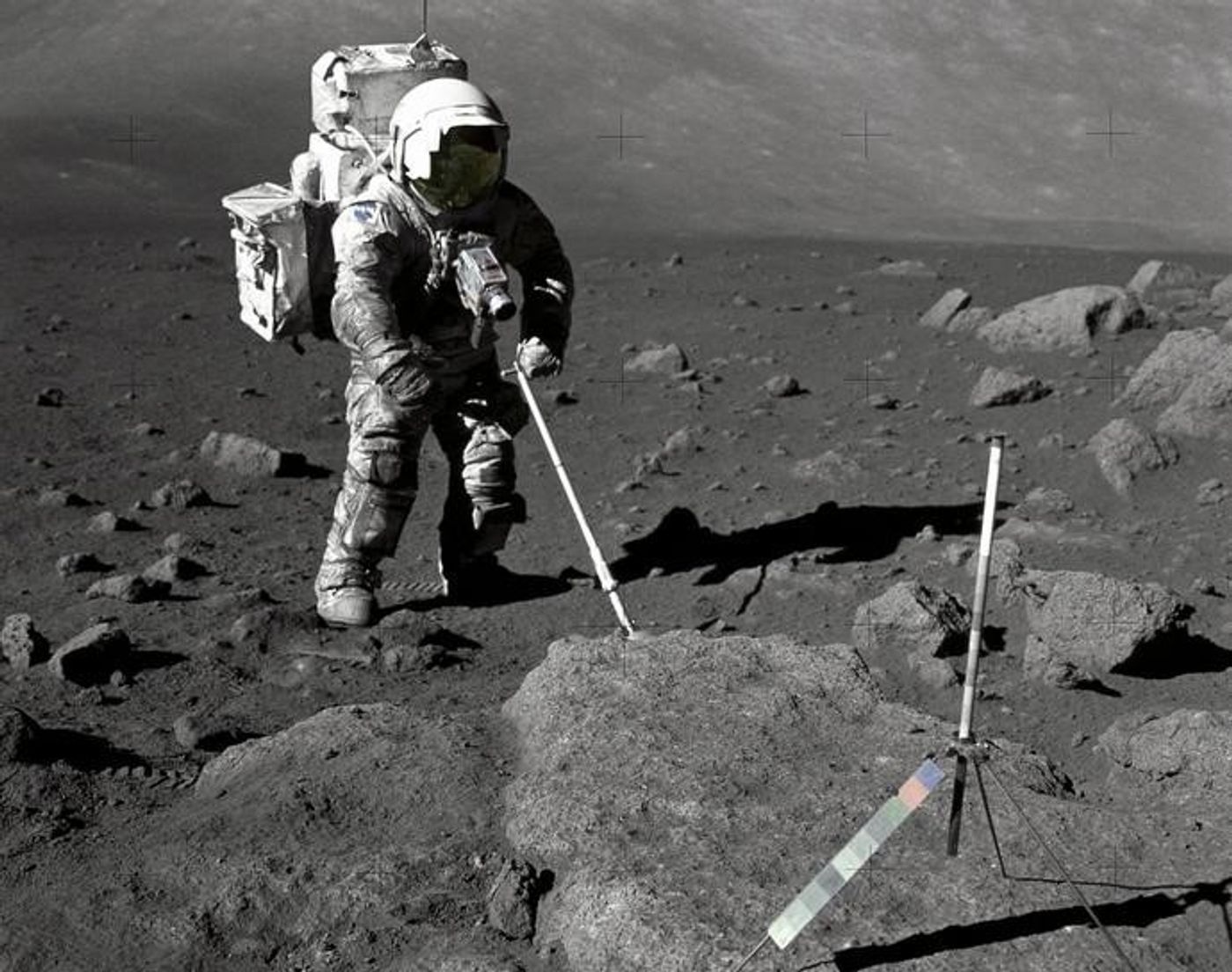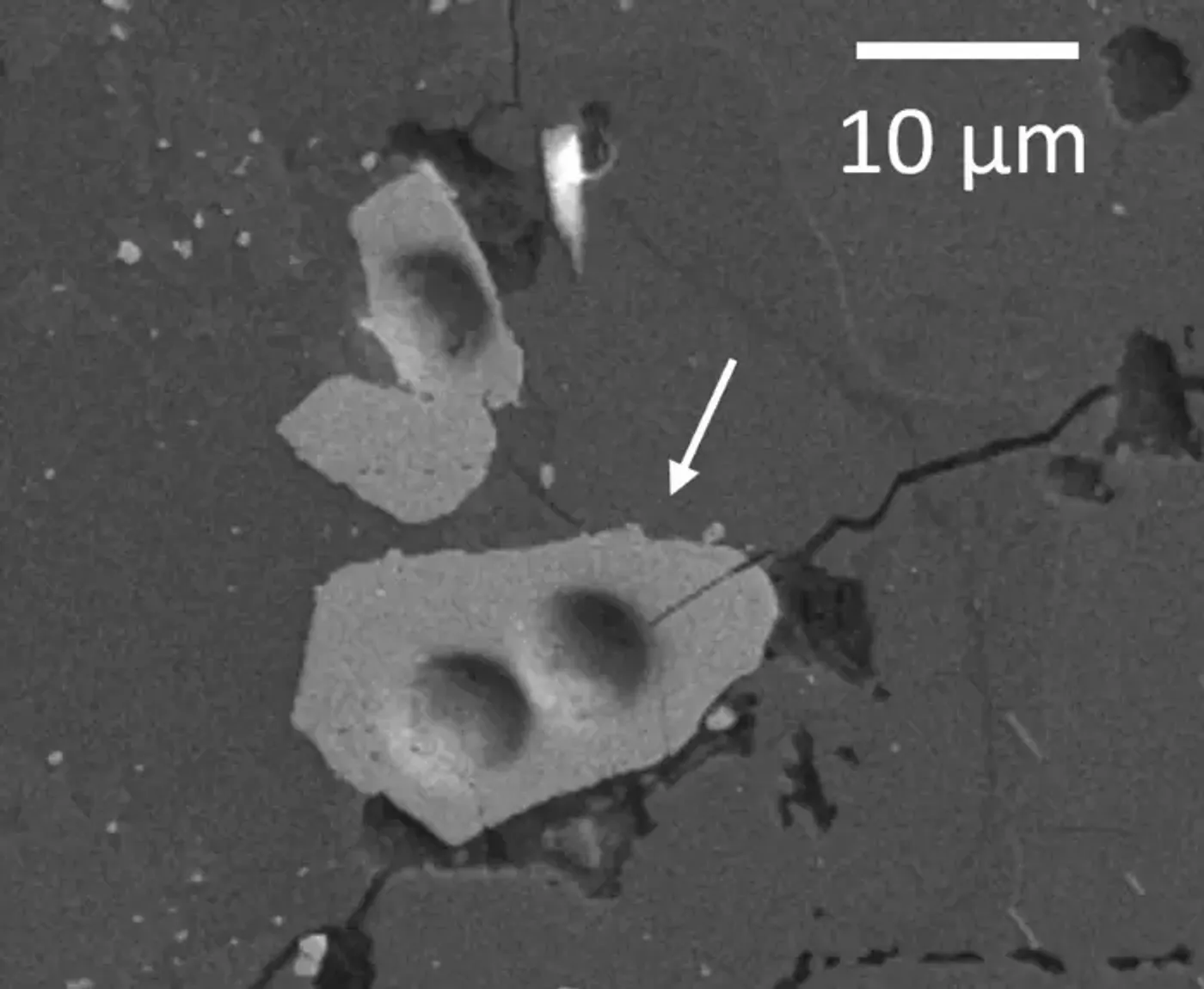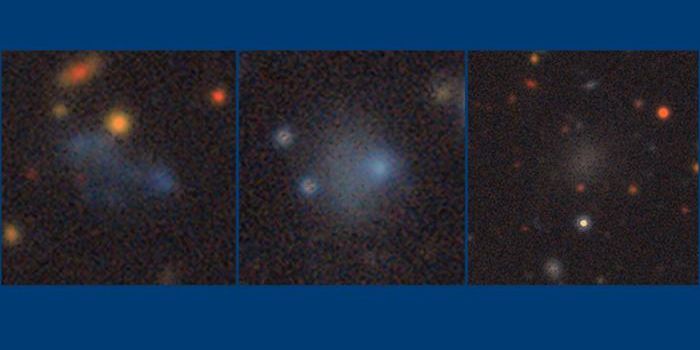Moon's Birthdate Pushed Back: Apollo Mission Dust Crystals Hold Clues to Lunar Origins
A recent study published in Geochemical Perspectives Letters examines how the official birthdate of the Earth’s Moon could be pushed back by approximately 40 million years, making it at minimum 4.46 billion years old. This comes after scientists analyzed tiny crystals found within lunar dust brought back to Earth by the Apollo 17 crew in 1972 and holds the potential to help scientists better understand the formation and evolution of our nearest celestial neighbor.
Apollo 17 astronaut, Dr. Harrison "Jack" Schmitt, exploring the lunar surface during an extravehicular activity. (Credit: NASA)
“These crystals are the oldest known solids that formed after the giant impact. And because we know how old these crystals are, they serve as an anchor for the lunar chronology,” said Dr. Philipp Heck, who is the Senior Director of Research at the Field Museum in Chicago and a co-author on the study.
For the study, the researchers analyzed atoms within zircon crystals of the lunar sample to determine the amount of radioactive decay it’s undergone. When an element undergoes radioactive decay, it sheds a certain number of protons and neutrons, resulting in it becoming a different element. The scientists hypothesize that these crystals formed after the cooling of the lunar magma ocean was finished. Thus, finding the minimum age of the crystals determines the minimum age of the Moon. In the end, the team determined that the lunar sample was approximately 4.46 billion years old, which they have concluded must be the minimum age of the Moon.
Image of study lead author, Dr. Jennika Greer, analyzing zircon crystals with the atom probe. (Credit: Dieter Isheim, Northwestern)
Image of a lunar zircon grain under a microscope that was the focus of this study. (Credit: Dr. Jennika Greer)
“It’s amazing being able to have proof that the rock you’re holding is the oldest bit of the Moon we’ve found so far,” said Dr. Jennika Greer, who is a Research Associate at the University of Glasgow, conducted the research while a PhD Candidate at the Field Museum, and is lead author of the study. “It’s an anchor point for so many questions about the Earth. When you know how old something is, you can better understand what has happened to it in its history.”
While this most recent study helps pinpoint the age of the Moon, the current hypothesis regarding how the Moon formed is the giant-impact theory, which is when a Mars-sized object collided with the Earth sending large chunks into Earth’s orbit, that eventually coalesced and formed our Moon. While Apollo 17 was the last time humans walked on the Moon’s surface, NASA’s upcoming Artemis missions should bring back more lunar samples which will only continue to teach us about the Moon’s age, formation, and evolution.
What new discoveries will researchers make about the Moon in the coming years and decades? Only time will tell, and this is why we science!
As always, keep doing science & keep looking up!
Sources: Geochemical Perspectives Letters, NASA, EurekAlert!, Science News Explores, Natural History Museum, NASA (1)











